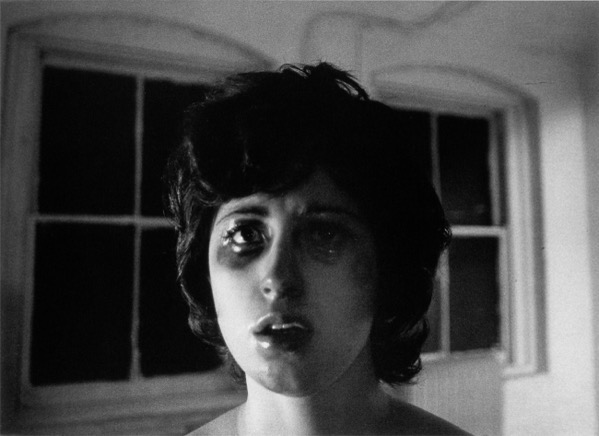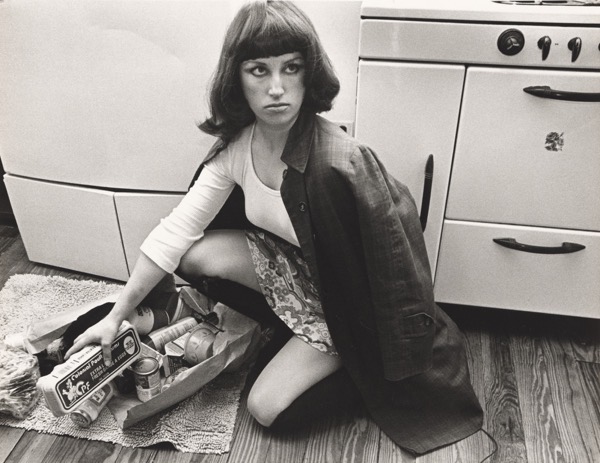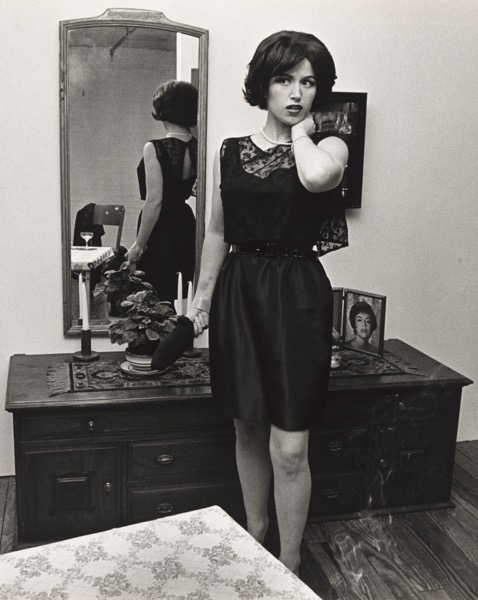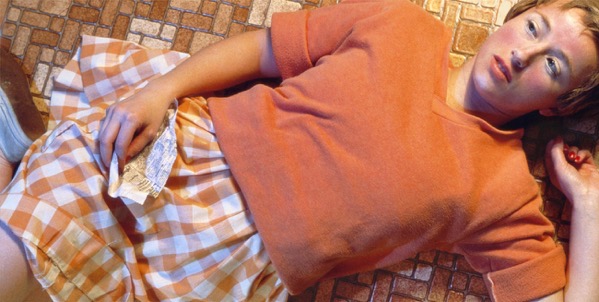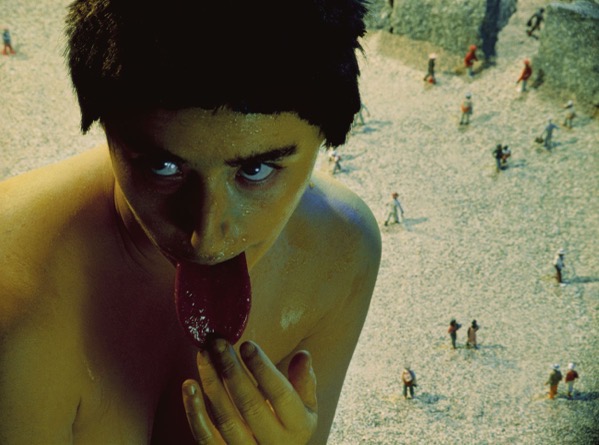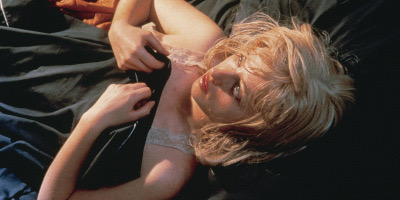Still Construction
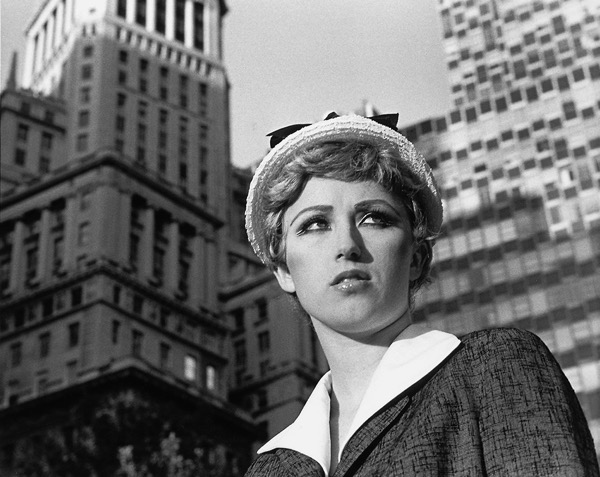
For this project, you will create a series of five photographs inspired by five shots from your favorite films. These images should not be direct recreations, but interpretations — thoughtful responses to cinematic stills that speak to you. Your goal is to capture the mood, the implied story, or the emotional tension of each scene through your own lens.
This project is grounded in a study of Cindy Sherman’s Untitled Film Stills (1977–1980), a landmark photographic series where Sherman became both the subject and the director of fictional film scenes. In each image, she transforms herself into an archetypal female character — the ingénue, the housewife, the hitchhiker, the office worker — referencing mid-20th-century cinema and television without ever pointing to a specific film. The result is a body of work that feels familiar, even though the source material is entirely fabricated.
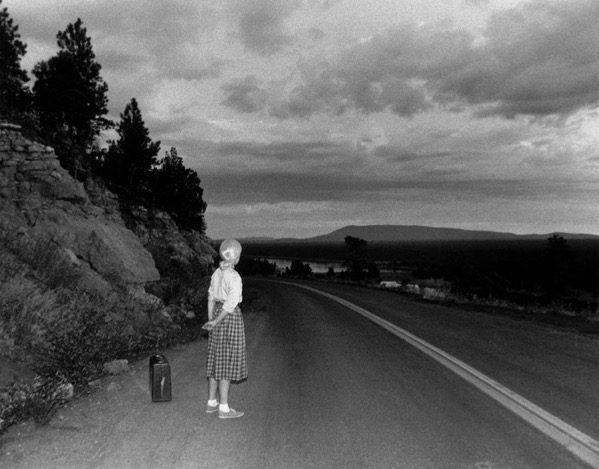
Sherman’s Stills intersect with key concepts in feminist theory, particularly around the male gaze — a term developed by theorist Laura Mulvey, who argued that women in cinema are often objectified, framed as passive subjects for male pleasure and narrative control. Sherman subverts this dynamic by reclaiming control over the image. Though she places herself in the frame, she is not presenting herself — she becomes a mirror for our expectations, desires, and cultural conditioning.
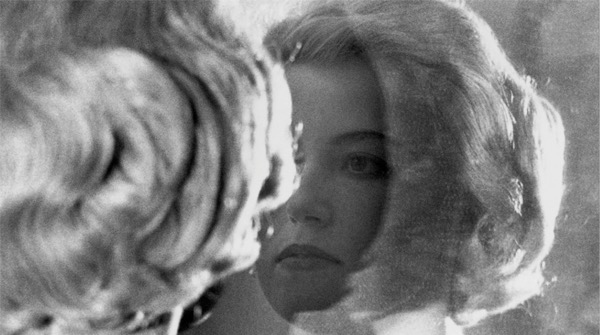
These images also engage with film theory, especially ideas around genre, narrative construction, and visual tropes. Sherman mimics the aesthetics of noir, melodrama, B-movies, and European art films — playing with lighting, costumes, and camera angles to evoke these cinematic worlds. But she also withholds resolution. Her characters often seem caught in a moment of psychological uncertainty: something has just happened, or is about to happen. There is no clear story, only a feeling — a strategy borrowed from cinema but made ambiguous through photography.
Her work underscores how identity is not fixed, but constructed — often through visual codes shaped by media. By embodying stereotypes and staging these ambiguous scenes, Sherman invites us to question how identity, gender roles, and narratives are performed and perpetuated.
Rather than showing direct action, Sherman captures moments before or after the supposed climax. She leans into ambiguity and narrative tension, using gesture, gaze, and framing to create images that feel suspended in time. The viewer is left to wonder: What is happening? What just happened? What will happen next?
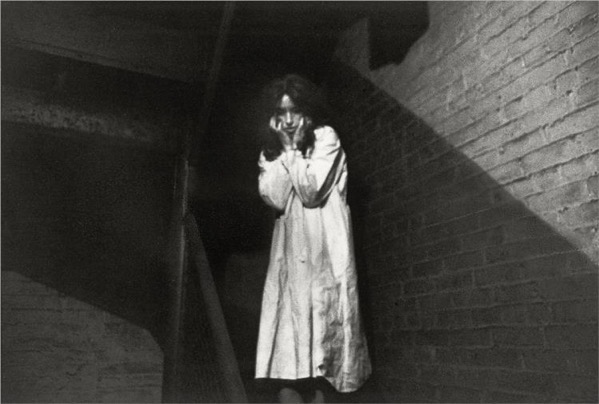
This same sense of mystery and emotional weight should inform your own photographs. Think about gesture, costume, lighting, and setting — but also about how to leave things unsaid. You’re not illustrating a script; you’re crafting an image that resonates through suggestion.
Unlike Sherman’s work, which is mostly black-and-white and shot on film, your photos will be in color and shot in RAW format, as we continue developing your RAW editing and workflow skills.
⸻
Assignment Requirements:
• Choose 5 film stills from 5 different scenes that inspire you. These can come from any genre or era. You’ll use these as the basis for your photographs.
• Create 5 original photographs inspired by those stills. They should respond to the source material’s mood, composition, style, or theme — but they should not be exact recreations.
• You must shoot in RAW format and edit your photos using Lightroom or your preferred RAW processing software. We will discuss editing workflows in class.
• Your final 5 images should be cohesive as a series. Consider how they relate in tone, visual language, or conceptual intent.
• Upload all of your RAW images and working edits to your personal Miro board for this project.
• Include screenshots of the 5 inspirational movie stills on your Miro board.
• From your final series, choose one photo to print at 11×14 (or comparable) size.
• Also print the corresponding film still that inspired that photo to display side-by-side.
⸻
What I’m Looking For:
• Evidence of thoughtful conceptual connection between your image and the film still.
• Clear attention to composition, lighting, and visual style.
• A sense of mood, tension, or narrative ambiguity.
• Effective RAW image processing and editing.
• Creative risk-taking and personal interpretation.
What I’m not looking for:
• Cosplay
• Special effects or props- Your scene can be inspired by works that use these, but this is more about the photos than the props.
• Appropriate choices of film inspiration
A note on models. Cindy Sherman used herself in her images, but planned and probably shot preliminary shots with stand-ins too. You can use yourself as the subject, but do not have to. You may use a willing person as your subject, or your inspiration does not even have to be a photo with a person in it.
⸻
Due Dates:
• Inspirational Stills Uploaded to Miro: April 3rd
• Images Shot and ready to edit: April 10
• Prints Due, Critique: April 17
